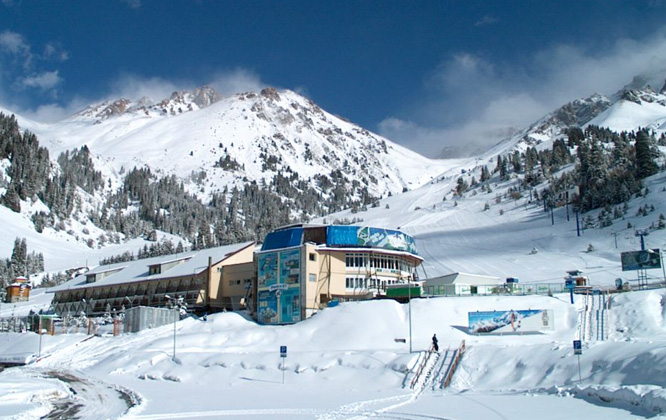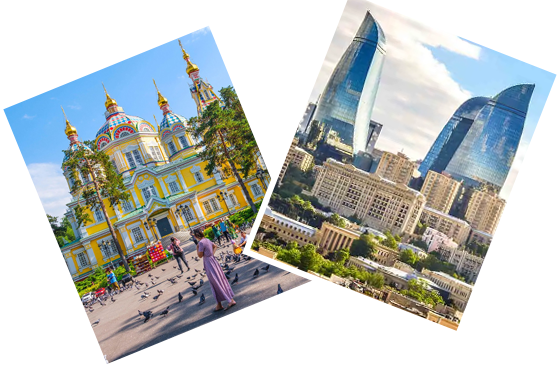
Choose your perfect travel experience
Browse our curated collection of travel destinations worldwide


Discover extraordinary travel experiences and activities

Price
₹ 170000
₹
187,000
Duration
13 Nights 14 Days
#Pkg Id
0000381
Attractions
27




India to Uzbekistan Visa Informations Click Here
Testimonials
"Our trip with Dook International was just fantastic. We learnt about Vietnam history and culture. We have also tried delicious food of Vietnam and indulge in different adventures…”
Dr.Ramesh Keval chand

Ready to venture out into the world? Fill the form below and start your brand new journey with us

